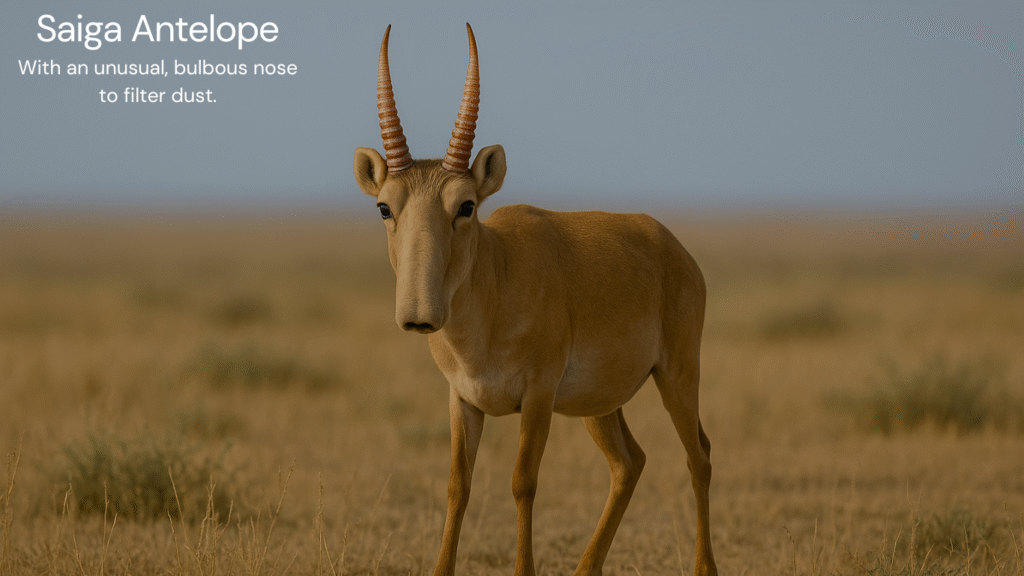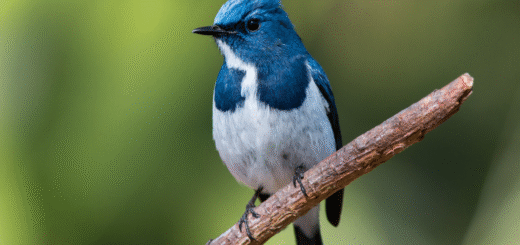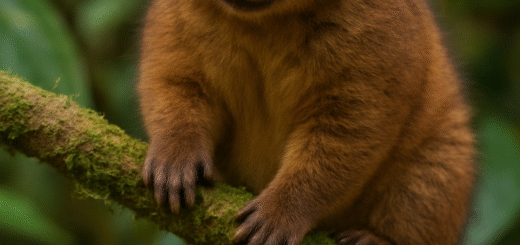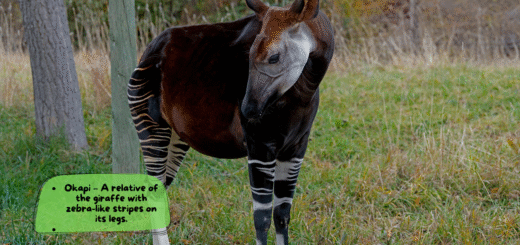The Remarkable Saiga Antelope: A Survivor of the Ice Age
The Saiga antelope (Saiga tatarica) is one of nature’s most peculiar and fascinating creatures. Recognized by its distinctive, bulbous, and trunk-like nose, the Saiga has survived since the Ice Age, once roaming alongside mammoths and saber-toothed cats. Despite its ancient lineage and evolutionary resilience, this unique ungulate now faces the imminent threat of extinction, mainly due to human activity and environmental changes. This article delves into the biology, behavior, history, and conservation efforts surrounding the Saiga antelope. Read more about The Yeti Crab

Description and Physical Characteristics
The Saiga antelope is immediately recognizable due to its unusual, downward-facing, inflatable snout. This prominent feature isn’t merely for show—it serves vital purposes, especially in the arid and dusty steppes of Central Asia where these animals reside. In the scorching summer months, the Saiga’s large nose helps filter out dust and cool the hot air before it reaches the lungs. Conversely, in the frigid winters, it warms the cold air.
Adult male Saigas are distinguished by their slightly larger size and distinctive, ringed, waxy, amber-colored horns, which are absent in females. Typically, males weigh between 40 and 50 kilograms (88–110 pounds), while females are slightly lighter. Their coat changes with the seasons—being short, thin, and russet-colored in the summer and turning pale, thick, and woolly in the winter to provide insulation against harsh weather.
Habitat and Range
Historically, the Saiga antelope inhabited vast territories spanning southeastern Europe, Central Asia, and parts of Mongolia, stretching from the foothills of the Carpathians to western China. Today, however, their range is dramatically reduced. The main surviving populations are now found in Kazakhstan, with small relict populations in Russia and Mongolia.
Saigas are migratory herbivores, adapted to life on the open steppe and semi-desert grasslands. Their migrations can cover hundreds of kilometers, as they move seasonally in search of fresh pastures and water sources. In summer, they seek out wetter lowlands, while in winter they head for drier, upland areas.
Behavior and Social Structure
Saiga antelopes are highly social animals, typically moving in herds that can range from a few dozen to several hundred individuals. During migration or peak seasons, these groups may amalgamate into vast gatherings, sometimes numbering in the tens of thousands—a rare and majestic sight on the Eurasian steppes.
The species displays a polygynous mating system, where a single male maintains a harem of up to 30 females during the breeding season, known as the rut, which occurs from late November to December. During this time, males aggressively defend their harems from rivals, often engaging in fierce battles using their horns. The competition can be so intense that many males die from exhaustion or injuries before the winter concludes.
Gestation lasts around five months, with females typically giving birth to one or two calves in May or June. Saiga calves are precocial, able to stand and walk within hours of birth—a necessary adaptation for a migratory lifestyle.
Diet and Feeding Habits
Saigas are herbivorous grazers, primarily feeding on grasses, herbs, shrubs, and lichens. Their diet varies seasonally depending on the availability of plant species. In summer, they favor green, succulent grasses and forbs, while in winter they consume dry, tough vegetation, including wormwood and saltwort.
Their highly mobile lifestyle ensures that they rarely overgraze an area, allowing the vegetation to recover and maintain the fragile steppe ecosystem. This role makes them a keystone species in their habitat, contributing to the health and biodiversity of the grasslands they roam.
Historical and Cultural Significance
For centuries, Saiga antelopes have held cultural and economic significance for the nomadic peoples of Central Asia. Their meat was a valuable food source, while their hides were used for clothing and shelter. Most notably, male Saigas’ horns have been highly prized in traditional Chinese medicine, believed to possess cooling and antipyretic properties.
This demand has fueled intense hunting pressure, particularly in the 20th and early 21st centuries. Following the collapse of the Soviet Union, weakened wildlife management and economic hardship led to a surge in illegal hunting, decimating Saiga populations.
Conservation Challenges and Status
The Saiga antelope is currently listed as Critically Endangered on the IUCN Red List. Over the last century, its numbers have fluctuated dramatically, with catastrophic declines recorded in recent decades. By the early 2000s, Saiga numbers had dropped by over 95%, with an estimated 50,000 individuals remaining from a population that once numbered in the millions.
Hunting remains a significant threat, particularly for male Saigas, targeted for their valuable horns. The resulting skewed sex ratios hinder population recovery. Habitat degradation due to agriculture, infrastructure development, and climate change exacerbates the situation.
In addition to human-induced threats, Saigas are vulnerable to natural disasters and disease outbreaks. One such instance occurred in 2015, when a Pasteurella multocida bacterial infection wiped out over 200,000 Saigas in Kazakhstan in a matter of weeks—more than half the global population at the time.
Conservation Efforts and Hope for the Future
In response to the alarming decline, international and local conservation initiatives have been implemented in recent years. Kazakhstan, home to the largest Saiga populations, has taken significant steps to protect the species, including establishing nature reserves, anti-poaching patrols, and public awareness campaigns.
The Convention on Migratory Species (CMS) and the Saiga Conservation Alliance (SCA) have worked collaboratively to coordinate conservation programs across the species’ range. These efforts include research, community engagement, habitat protection, and the promotion of alternative livelihoods to reduce poaching.
Recent signs of recovery offer hope. By 2021, Saiga numbers in Kazakhstan had rebounded to over 800,000 individuals, showcasing the species’ remarkable resilience when provided with adequate protection. Ongoing challenges remain, but this resurgence demonstrates the impact of coordinated, science-based conservation strategies.
Conclusion
The Saiga antelope is a living relic of the Ice Age, a survivor against incredible odds. With its comically distinctive nose, nomadic lifestyle, and essential role in the steppe ecosystem, it embodies the resilience of nature. Yet, it remains perilously close to extinction due to human greed and environmental pressures.
Conservation success stories, such as the recent population recovery in Kazakhstan, highlight the importance of sustained, cooperative efforts to safeguard biodiversity. The Saiga’s survival is a testament to what can be achieved through dedicated science, public support, and international collaboration.
Protecting the Saiga is about more than preserving a species—it’s about maintaining the ecological balance of the Eurasian grasslands and honoring the legacy of a creature that has walked the earth for millennia.








